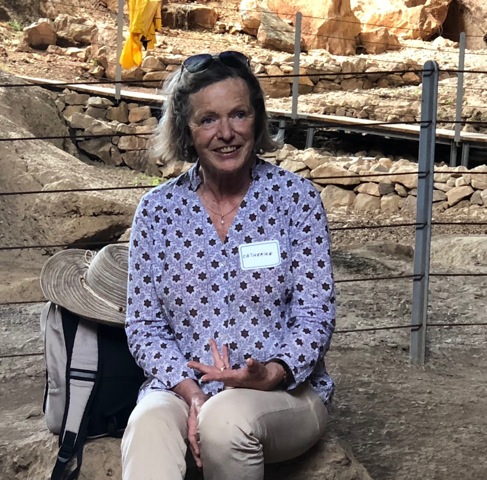Some Methodological Problems About Aegean Connectivity and Interaction Networks
By Arkeokast and Catherine Perles
Until recently, the development of the Neolithic on both sides of the Aegean was studied completely independently and some even denied any relation. The pendulum has now swung to the opposite extreme, and terms such as “connectivity”, “interrelations”, “interaction networks” are now flourishing in the recent scientific literature, both for the Mesolithic and the Neolithic. As a long-term proponent of a near-eastern origin for the Neolithic of Greece, I am certainly not willing to deny that relations between the two areas indeed took place. However, in order to fully apprehend the nature of these relations, I believe we need to rely on a rigourous methodological framework. For instance, Mesolithic seafaring did not present the same constraints as the transportation of live animals, and it cannot be simply assumed that Mesolithic sea routes constituted obvious highways for the first Neolithic settlers. Similarly, the mere presence of Milian obsidian on both sides of the Aegean does, by itself, demonstrate that the communities that were using it were interconnected. Finally, the demonstration of cultural affiliation requires a distinction between ancestral and derived characters, and should rely primarily on complex know-hows that require lineages of apprenticeship and community of practice.
Dr. Catherine Perlès

Catherine Perlès was one of the first to work on the prehistoric flaked stone assemblages of Greece. This led her to investigate exchange networks, the origins and organization of Neolithic societies in Greece and migration processes. Besides a large number of articles, she has published several volumes on the flaked stones and ornament assemblages from the Franchthi Cave, and a book on the Early Neolithic in Greece.
Contact:
Dr. Catherine Perlès
Université Paris Nanterre, CNRS, UMR 7055
catherine.perles@cnrs.fr